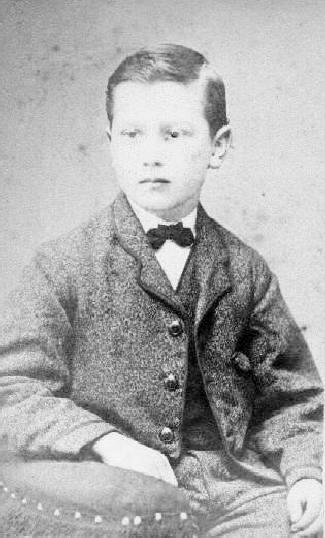
Figure 1.-- This unidentified boy wears what looks like a bowtie, but we are not entirely certain how to describe it. The CDV is undated but was taken about 1870. The studio was P. Stewart in Oneida, New York. |

|
Bowties are primarily a 20th century fashion, but we do see some in the very late-19th century. Bowties may have appeared before the turn of the 20th century in the 1890s. Here we are not yet sure. Floppy bows were still very common for boys. Older bpys might wear a boetie. We note them in a few 1890s portraits. Our archive is limited, but the ones we have found seem to cime from the late 90s. We have not yet found an American boy wearing a bowtie in any other 19th century decade. They were not worn by younger boys who wore floppy bpws, often quite large ones in sharp contrast to the small bowties. We mostly see teenagers wearing them.
The stock was the stndard neckwear for men at mid-century. Many but not all were black. The photographic record suggests that the black stock was very common. Boys also wore stocks. Sone were tied in such aather like bowtieds.
We first begin to see neclwear looking like a bowtie in the 1870s. We ae not sure they were bowties, but they certainly look similar to them. Here we see an example (figure 1). A good example is Frank Moetimer Hene with a little larger bow.
We have not yet found any bowties from the 1880s. Floppy bows were common for younger boys, but we do not note any bowties in the photographic record. Ome source writes, "The enduring popularity of the black bow tie dates to 1886, when Pierre Lorillard V invented the tuxedo as an alternative to the tailcoats worn with white bow ties. The new dinner jacket got its name from the resort of Tuxedo Park, New York, where it was first worn." We are not entirely sure about that. We note that at mid-century the black stock was very common. This this set set the style for black neckwear. Ans some of the stocks as mentioned above were tied rather like bowties.
|
Bowties were very common after the turn-of-the-20th cebtury in the 1900s, so they must have also been worn in the late 19th century, at least the 1890s. Bowties appeared before the turn of the 20th century in the 1890s. Here we are not yet sure how common they were in the 1890s, but they were worn. Floppy bows were still very common for boys. Older bpys might wear a boetie. We note them in a few 1890s portraits. Our archive is limited, but the ones we have found seem to cime from the late 90s. We have not yet found an American boy wearing a bowtie in any other 19th century decade. They were not worn by younger boys who wore floppy bpws, often quite large ones in sharp contrast to the small bowties. We mostly see teenagers wearing them.
.
Navigate the Boys' Historical Clothing Web Site:
[Return to the Main U.S. bowtie chronology page]
[Return to the Main U.S. bowtie page]
[Return to the Main bowtie page]
[Return to the Main U.S. country garment page]
[Introduction]
[Activities]
[Biographies]
[Chronology]
[Clothing styles]
[Countries]
[Bibliographies]
[Contributions]
[FAQs]
[Glossary]
[Images]
[Links]
[Registration]
[Tools]
[Boys' Clothing Home]
